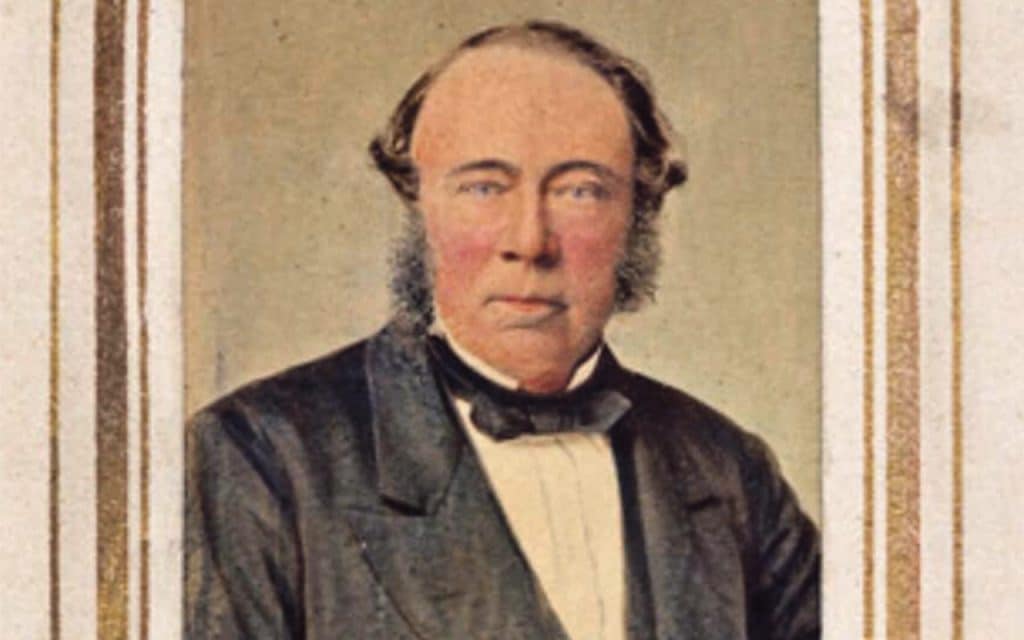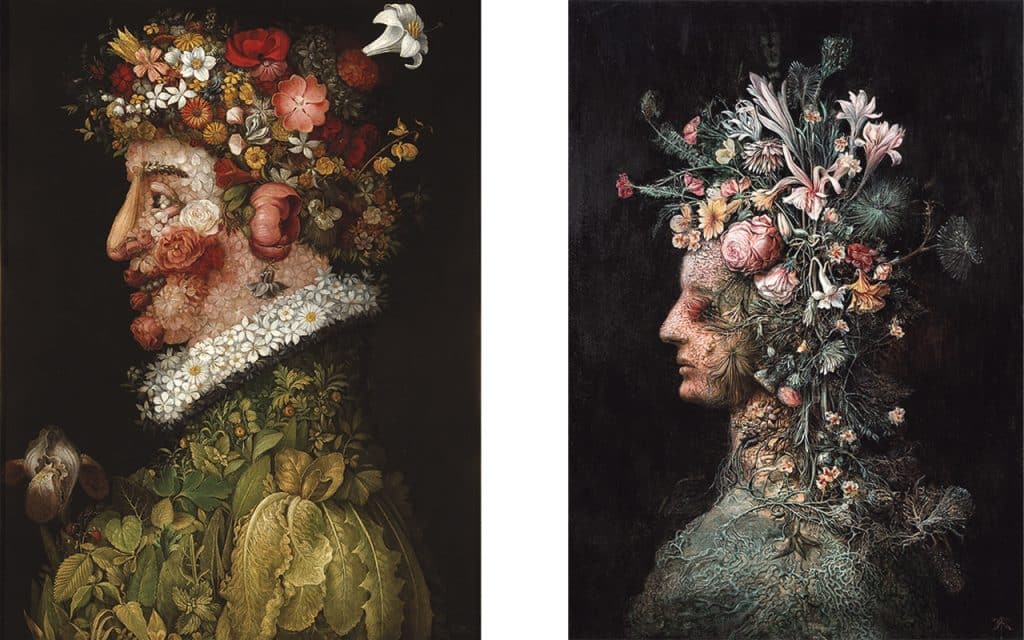Born in Kinsale in October 1805, this year marks the 220th birthday of William Coppin, a famous 19th century shipbuilder with an eerie paranormal connection to the ill-fated Franklin polar expedition. Pauline Murphy shares more on this fascinating story.

William Coppin was born into a Kinsale seafaring family on October 9, 1805. Although his parents had hopes of him studying medicine, the lure of the sea proved too strong for William. While his younger brother Morney took up medical training, William found work as a boat hand on the River Shannon. At just 15, he showed his courage by helping to save six customs officers after their boat overturned in bad weather. Not long after, he left for Canada, where he joined a relative, John W. Smith, at his shipbuilding firm in Saint John, New Brunswick.
In Canada, influenced by the boat building techniques of local native tribes, William invented a boat that could run on frozen rivers. A few years later, in 1829, before travelling to the West Indies, he built another boat called the ‘Kathleen’. In the West Indies Coppin studied navigation, earning his Masters Mariners certificate. Around this time he met Derry businessman John Kelso, who was so impressed by the Cork man’s skills that he commissioned him to build a ship.
After completing the build of the ‘Edward Reid’ in 1831, William captained the vessel back to Ireland, arriving into Derry quay after a 19-day-long journey at sea. He was to spend the rest of his life in this city.
In the following years, William captained vessels on the Derry to Liverpool route, his fast sailing times (18-20 hours) earning him an enviable reputation for his superior seamanship skills.
After establishing his own shipyard in 1837, employing 500 men, and opening a neighbouring foundry making engines and boilers, the Kinsale native rose to become one the most prominent figures in Derry.
However, in 1846 a fire destroyed William’s shipyard, leading him to change direction, moving from shipbuilding into salvage work. In 1873, he sold his shipyard and foundry in order to concentrate full time on inventing new designs such as a fishing apparatus with a light in 1886 and the creation of a triple hulled ship called the ‘Tripod Express’.
Earlier, in 1866 William had married his wife, Dora, and together they had two sons and four daughters. Their third child, Louisa – affectionately called “Little Weesy” – tragically died of gastric fever at the age of four. Just five months after her passing, the family claimed that Little Weesy appeared to them in ghostly form. According to William, his late daughter’s spirit revealed the location of the lost Franklin expedition.
A little over twenty years earlier, in 1845, Arctic explorer Sir John Franklin set out with a crew of 128 men aboard two ships, ‘HMS Terror’ and ‘HMS Erebus’ in search of a Northwest Passage to Asia. By 1848, however, the expedition had vanished. Unknown to the outside world, the vessels had become trapped in the ice near King William Island in Canada.
The surviving members of the ill-fated expedition eventually abandoned their icebound ships and tried to make their way to the Canadian mainland. Meanwhile, the British navy mounted several unsuccessful search efforts. By the 1850s, Lady Jane Franklin had begun organising private rescue missions in the hope of locating her husband and his crew. She also received assistance from William Coppin, who claimed to possess information about the expedition’s fate through a paranormal source.
In 1850, William wrote to Lady Franklin, claiming that his deceased daughter had delivered a message from beyond the grave regarding the lost expedition. According to him, Little Weesy’s message revealed the previously unknown location of the Franklin expedition – Victoria Strait, near King William Island.
William later met Lady Franklin in London, where they discussed the supernatural message he claimed to have received from Little Weesy. Convinced by his account, Lady Franklin commissioned a search party to investigate the area indicated by the ghostly guidance. The first attempt was thwarted by impenetrable ice, but on their second try, the team successfully discovered an entrance to a waterway later named Victoria Strait. Unfortunately, the conditions proved too challenging to proceed further, and the search party was forced to turn back.
It would be several more decades before the fate of the Franklin expedition was finally discovered near Victoria Strait – the very location identified in the paranormal message William had relayed to Lady Franklin.
In 1889, J.Henry Skewe’s book ‘Sir John Franklin: The True Secret of the Discovery of his Fate’ recounted Captain Coppin’s alleged paranormal assistance in the search for the lost expedition. However, many – including some of Lady Franklin’s relatives – vehemently denied that the Kinsale man or his ghostly daughter had any influence on the search efforts.
Although a successful seaman, William did not handle his financial affairs well. After investing most of his funds in his own inventions, towards the end of his life he was living in near poverty. In 1894, age 89, William was issued an eviction order from his large home at 14 Sackville Street by Derry Corporation. However after friends and supporters campaigned to the corporation to keep the elderly seaman in his home, William was allowed to live out his days at 14 Sackville Street.
Broken by the ordeal however, Captain William Coppin died twelve months later, on April 17, 1895, at the of age of 90. The Kinsale native was buried near his beloved daughter Little Weesy in St Augustine’s Burial ground, Palace Street, Derry city.


